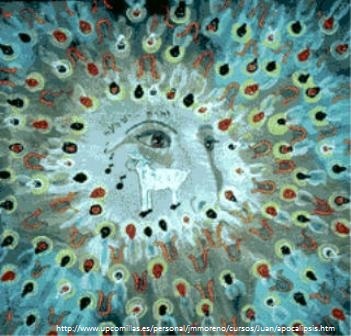Cosmophobia: Urania’s Lament and Lessons Learned
DOI:
https://doi.org/10.13130/2035-7680/2979Parole chiave:
pseudoscience, astronomy, science literacy, science outreach, apocalypseAbstract
NASA astrobiologist David Morrison coined the term cosmophobia – fear of the cosmos – in response to the plethora of 2012 disaster scenarios that depict Urania, the muse of astronomy, as a wicked destroyer rather than a beautiful inspiration. The purveyors of these scenarios relied on the public’s lack of science literacy and ability to tell the difference between science and pseudoscience, as well as the ubiquitous nature of the Internet and social media, in their effort to sell books, DVDs, and subscription-only web content. Also adding to the public’s inability to critically analyze the veritable flood of 2012 apocalypse suppositions is the lamentable disconnect between the average 21st century citizen and the night sky (in part due to light pollution). The result is a general public who views the astronomical knowledge of ancient cultures as mystical and even supernatural, adding to the fear factor of December 21, 2012. While this date passed with neither the end of the world nor the rash of suicides and murders some feared, the 2012 apocalypse hoax proved to be one of the most important teachable moments in recent memory in terms of science education and outreach.




